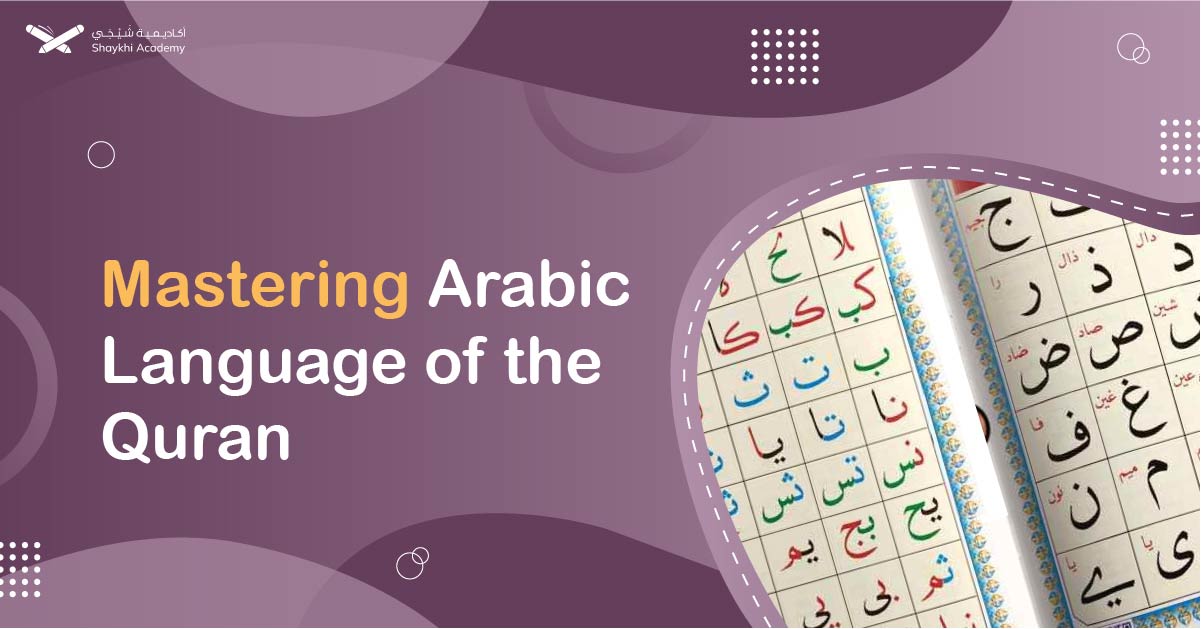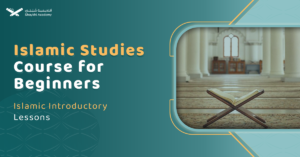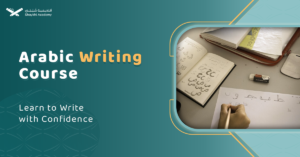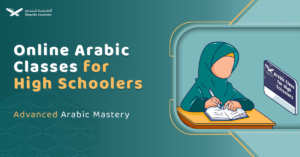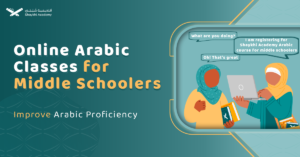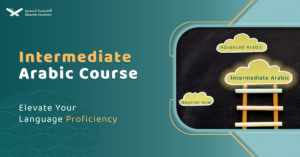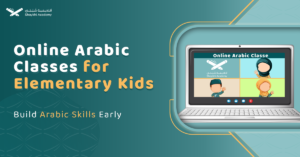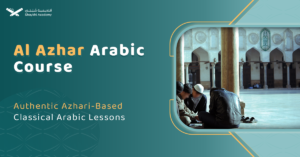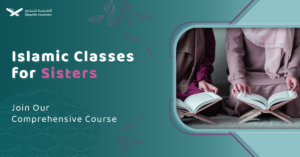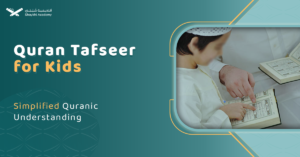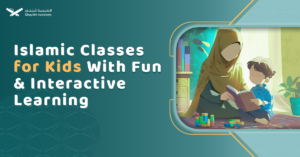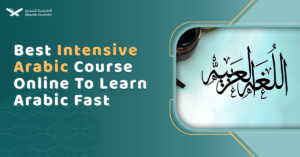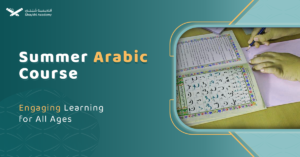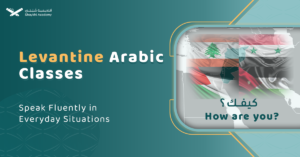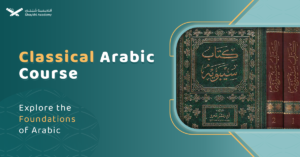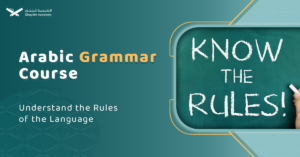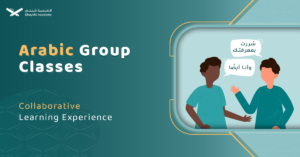Embark on an enriching journey to learn Arabic through the captivating world of books. Dive into the intricate tapestry of Arabic literature and linguistic nuances as you explore the pages of timeless works.
Each book becomes a gateway to a new realm of vocabulary, grammar, and cultural insights, guiding you through the fascinating intricacies of the Arabic language. With each page turned, you unravel the beauty of Arabic script and the depth of its expression, enhancing your understanding and appreciation of this ancient language.
Some books are produced by individuals such as Learning Arabic Language of the Quran, while others are produced by institutions such as Al-Menhaj, which is produced by Shaykhi Academy.
What is “Learning Arabic Language of the Quran”?
“Learning Arabic Language of the Quran” is a meticulously crafted educational resource designed to guide learners through the intricate journey of mastering Arabic, with a particular emphasis on the language of the Quran.
“Learning Arabic Language of the Quran” was authored by Izzath Uroosa. The book is well-regarded for its structured approach to teaching Arabic with a focus on the Quranic language, making it accessible and beneficial for learners at various levels.
This book serves as a bridge between basic linguistic knowledge and the profound depths of Quranic understanding, providing a structured and progressive approach to learning.
Learning the Arabic Language of the Quran Chapters Summary:
Each chapter of Learning Arabic Language of the Quran is thoughtfully arranged to build on previous lessons, ensuring a solid foundation in grammar, vocabulary, and syntax.
The book is rich in topics, which include:
1- Classification of a Kalimah (Parts of Speech):
In Arabic, the parts of speech are primarily classified into nouns (اسم), verbs (فعل), and particles (حرف).
Nouns include people, places, things, and ideas, and are further categorized by gender (masculine and feminine) and number (singular, dual, and plural).
Verbs in Arabic are conjugated based on tense (past, present, and future), person, gender, and number, with a root system that modifies meaning.
Particles are words that indicate relationships between words and include prepositions, conjunctions, and articles, adding meaning and structure to sentences.
2- The Different Types and Cases of Verbs:
In Arabic, verbs are classified by their types and cases. There are three main tenses: the past (الماضي), present (المضارع), and imperative (الأمر). Verbs can also be categorized based on their root patterns, such as regular (سالم), hollow (أجوف), defective (ناقص), doubled (مضاعف), and assimilated (مثال).
Verbs also change based on their mood: indicative (المرفوع), subjunctive (المنصوب), jussive (المجزوم), and imperative. The indicative mood is used for statements and questions, the subjunctive for desires and hopes, the jussive for negation and commands, and the imperative for direct commands.
3- Nominal and Verbal Sentences:
In Arabic, sentences are classified into two main types: nominal and verbal sentences.
Nominal sentences (الجملة الاسمية) start with a noun or pronoun and typically consist of a subject (المبتدأ) and a predicate (الخبر). For example, “الكتاب جديد” (The book is new), where “الكتاب” (the book) is the subject and “جديد” (new) is the predicate.
Verbal sentences (الجملة الفعلية) begin with a verb and are structured with a verb (فعل), subject (فاعل), and often an object (مفعول به). For example, “كتب الطالب الواجب” (The student wrote the homework), where “كتب” (wrote) is the verb, “الطالب” (the student) is the subject, and “الواجب” (the homework) is the object. This distinction is crucial for understanding Arabic grammar and syntax.
4- Passive:
The passive voice in Arabic, known as “al-jumal al-majhūlah” (الجمل المجهولة), is used to emphasize the action performed on the subject rather than the subject performing the action. It is formed by using a form of the verb “to be” (يكون) followed by the past participle of the main verb.
The passive voice is commonly used in Arabic to shift the focus of a sentence, especially when the doer of the action is unknown, unimportant, or obvious from the context. Mastering the passive voice is essential for achieving fluency in Arabic and understanding various types of texts, including the Quran, where it is frequently used.
5- Different Forms of Verbs:
Arabic verbs can take on various forms, known as “أوزان” (awzan), each serving a distinct purpose in communication.
The most common forms include the base Form I (فعَلَ), which represents the simple past tense, such as “كَتَبَ” (kataba) meaning “he wrote.” Form II (فَعَّلَ) intensifies or causes an action, as in “أَكْتَبَ” (aktaba) meaning “he caused to write.”
Form III (فَاعَلَ) indicates reciprocal or mutually performed actions, like “تَعَاوَنَ” (ta’āwana) meaning “they cooperated.” Form IV (فَعَّلَ) is reflexive, showing that the subject performs the action on oneself, as in “تَذَكَّرَ” (tadhakkara) meaning “he remembered.”
These forms, along with others, add depth and complexity to the Arabic language, allowing for nuanced expression and communication.
6- Declension and Indeclinsion:
In Arabic grammar, declension refers to the modification of word endings to indicate grammatical roles such as case (nominative, accusative, genitive), number (singular, dual, plural), and gender (masculine, feminine). This process affects nouns, pronouns, and adjectives, allowing them to convey their function within a sentence.
Indeclension, on the other hand, refers to words whose endings remain unchanged regardless of their grammatical role. This category includes most prepositions, conjunctions, certain adverbs, and some pronouns, which retain a consistent form no matter their position or function in a sentence.
7- Kanna and Inna and their Sisters:
In Arabic grammar, “Kanna and her sisters” (كان وأخواتها) and “Inna and her sisters” (إن وأخواتها) are two groups of particles that play significant roles in sentence structure and meaning.
Kanna and Her Sisters (كان وأخواتها) are a set of verbs that, when introduced into a sentence, affect the nominal sentence (الجملة الاسمية) structure. When one of those verbs is introduced into a nominal sentence, it makes the subject (المبتدأ) its subject (اسم كان) and keeps it in the nominative case. The predicate (الخبر) becomes the predicate of “kāna” and its sisters and is placed in the accusative case.
Inna and Her Sisters (إن وأخواتها) are a set of particles that typically affect the nominal sentence by emphasizing it or introducing certain meanings. When one of these particles is introduced into a nominal sentence, it affects the subject (المبتدأ), making it accusative (اسم إنّ), while the predicate (الخبر) remains nominative.
8- The Rule of the Five Nouns:
The “five nouns” in Arabic grammar are a special category of nouns with unique case inflection rules. These nouns change their endings to indicate nominative, accusative, and genitive cases in a distinctive way. The five nouns are: أب – أخ – حم – فو – ذو
9- The Accusatives:
In Arabic grammar, the accusative case (النصب) is used primarily to indicate the direct object of a verb. It is also employed for adverbs, objects of certain prepositions, the cognate accusative (emphasizing the action of the verb), and specification (clarifying the meaning of a preceding word, often in expressions of quantity or measure).
Words in the accusative case typically take specific vowel endings to denote their grammatical role, with variations depending on whether the noun is singular, dual, or plural. Understanding the accusative case is essential for proper sentence construction and interpretation in Arabic.
10- The Interjection:
In Arabic grammar, interjections (حروف التعجب) are words or phrases used to express strong emotions, reactions, or sudden feelings such as surprise, joy, anger, or pain.
They are a distinct category of words that do not change form and do not fit into the usual grammatical categories of nouns, verbs, or adjectives. Interjections are used to convey the speaker’s immediate emotional response and are often punctuated with an exclamation mark.
Read more about How Many Types Of Arabic Are There? Types Of Arabic Dialects And Languages
The pros and cons of “Learning Arabic Language of the Quran”:
“Learning Arabic language of the Quran” has a list of pros that has been drawing readers and learner to it, but also a list of cons that push learners away, and lead people to put it down quickly:
The pros of “Learning Arabic Language of the Quran” includes:
1- Focused Approach:
The book’s focus on Arabic as used in the Quran ensures that learners are studying relevant vocabulary and grammar structures.
2- In-depth Grammar:
By providing detailed explanations of Arabic grammar, the book equips learners with the necessary tools to understand the intricacies of Quranic Arabic.
3- Exercises and Practice:
Including exercises and practice activities helps reinforce the concepts learned, enhancing retention and application.
4- Quranic Examples:
Using Quranic verses as examples helps learners see the practical application of the language, making it more engaging and relevant.
5- Reputable Source:
If the book is authored by a well-known scholar or institution, it adds credibility to the content and ensures learners are getting accurate information.
On the other hand, its cons include:
1- Complicated for Beginners:
The complexity of pure Arabic grammar may overwhelm beginners who are not yet familiar with the basics of the language. Therefore, many professionals propose other simpler books that advance gradually; such as Al-Menhaj produced by Shaykhi Academy.
2- Lack of Foundational Vocabulary:
Focusing solely on Arabic grammar may mean that learners are not introduced to the basics of language such as sounds and letters, and are not exposed to everyday Arabic phrases and expressions, limiting their practical language skills. Other books such as Shaykhi Academy’s Al-Menhaj book tend to introduce students to simple word formation and pronunciation before walking them into the rich world of grammar.
3- Overemphasis on Grammar:
While grammar is essential, an exclusive focus on this aspect may neglect other important language skills such as speaking and listening, which are crucial for effective communication. In the end, you’ll be familiar with Arabic grammar, but lack the skills to communicate with others in Arabic.
4- Requires Professional Assistance:
Due to the complexity of Arabic grammar, learners need to ask a professional Native Arab tutor such as the ones teaching the Arabic language course at Shaykhi Academy, to help them study the book, or else it might get a bit tempting to give up the whole journey. In designing Al-Menhaj, Shaykhi Academy has produced it in a manner that would allow learners to self-study it.
5- Religious Focus:
Some learners, particularly those not interested in the religious aspects of the Quran, may find the content too narrow in scope, limiting its appeal to a broader audience.
Embark on your journey to Quranic proficiency with “Al-Minhaj: The Best Quran Reading Book for Beginners” by Shaykhi Academy.
Al-Menhaj is a comprehensive guide that offers a structured and accessible approach to learning Quranic Arabic, perfect for beginners. Gain a deeper understanding of the Quran and enhance your reading skills with this meticulously designed book.
Start your learning journey today with “Al-Minhaj” and unlock the treasures of the Quran like never before.
Choosing the right Arabic language book is crucial for effective learning. While “Learning Arabic Language of the Quran” may suit some, “Al-Menhaj” by Shaykhi Academy offers a more comprehensive and balanced approach. It covers grammar, vocabulary, and practical skills, making it suitable for a wider range of learners.
Are you seeking the finest Quranic education right from the comfort of your home? Look no further! Shaykhi Academy stands out as a premier online Quran learning platform, dedicated to providing exemplary education to both children and adults.
Why Choose Shaykhi Academy?
- Connect with highly qualified native tutors.
- Flexible scheduling to suit your busy lifestyle.
- Affordable classes tailored for all levels.
- Accessible from anywhere around the globe.
Discover Our Range of Courses:
- Arabic Noorani Qaida: Lay a solid foundation for Quranic studies.
- Online Quran Classes for Kids: Engaging lessons for lifelong learning.
- Tajweed Rules for Kids: Learn to recite with confidence.
- Quran Hifz for Kids: Step-by-step guidance to memorize the Quran.
- Quran for Adults: Introduce yourself to Quran reading and Tajweed rules.
- Online Arabic Courses: Master the language of the Quran.
- Islamic Studies: A wide range of topics related to Islam, including theology, law, Quranic studies, Hadith.
Don’t Miss Out on Your Chance to Excel!
Whether you’re a beginner or seeking advanced knowledge, Shaykhi Academy can guide you! Book your free trial now and make Ramadan 2024 your Quranic turning point!

Conclusion:
In conclusion, “Learning Arabic Language of the Quran” by Izzath Uroosa is a treasure trove for those eager to delve into the depths of Quranic Arabic. This meticulously crafted guidebook illuminates the path to mastering the language of the Quran with its structured lessons that build a strong foundation in grammar, vocabulary, and syntax. Each chapter is thoughtfully designed to ease learners into the complexities of Arabic, covering essential topics like parts of speech, verb types, sentence structures, and special grammatical rules. The book’s emphasis on practical Quranic examples makes the learning process engaging and relevant.
However, this journey isn’t without its challenges. The book’s focus on intricate grammar might overwhelm beginners, and its academic rigor often requires the guidance of a professional tutor to navigate successfully. Additionally, the heavy emphasis on grammar can sometimes overshadow the development of practical language skills like speaking and listening. Despite these hurdles, the book’s strengths—such as its focused approach, detailed explanations, and practical exercises—make it a valuable resource for dedicated learners. Learning Arabic Language of the Quran” is not just a book; it’s a bridge connecting linguistic knowledge with the profound wisdom of the Quran, promising immense rewards for those who embark on this enlightening journey.
